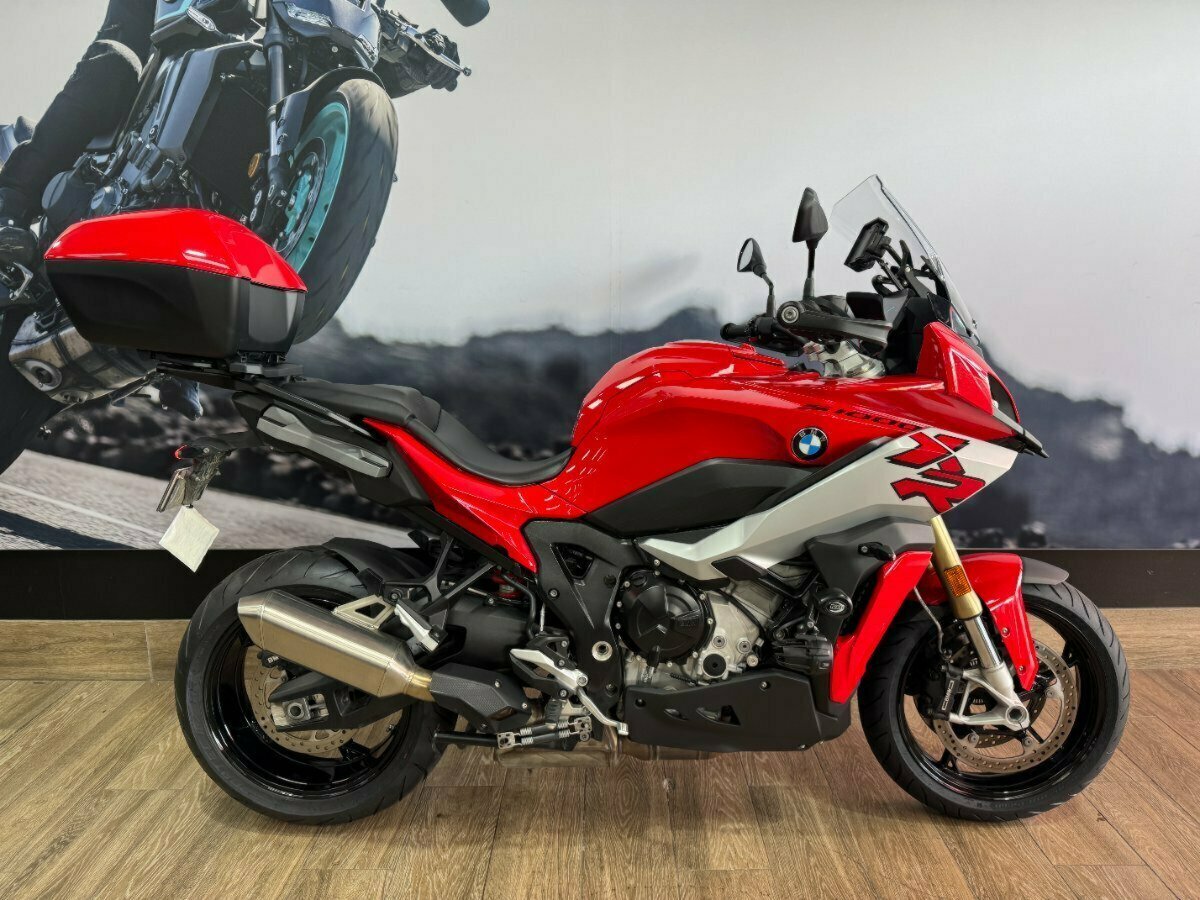1974 Ducati 750SS
Without doubt it must be considered as one of the most significant motorcycles of all time. It was also a catalyst in rivitalising Ducati's fortunes in the 1970s and exemplifies the Ducati spirit and its legendary roots in contemporary motorcycling.
Setting the SS apart was a combination of spectacular performance, great looks and a set of features rarely seen together on a sport bike. Putting the SS on the map, and laying the groundwork for a now defined heritage of supersport bikes was undoubtedly Paul Smarts famous victory the Imola 200 Mile race in April 1972, that focused attention on Ducati's new V-twin. It was a significant win in that the Ducati got up to defeat more fancied contenders that included Triumph Tridents and the works 750 MV Agusta of Giacomo Agostini.
The 750SS was designed by Fabio Taglini who had introduced several new machines along with Desmodromic valve gear to the companies racing version. The Ducati 750 Sport was introduced in 1972, and was effectively two singles mounted in a 90 degree 'V'. This layout was to become a Ducati trademark. Competition was always a key part of the Ducati story, with successful GP machines based on production machines. Using the 750 Sport as the basis, a small batch of ten special race versions of the 750SS Imola were built to compete in the 1972 Imola 200. As they say, the rest is history, with Paul Smart coming home in first place and team mate Bruno Spaggiari in second. This victory ensured Ducati instant success. Smart's racing bike was surprisingly close to stock with the triple Lockheed disc brakes upgraded, while the engine gained desmodromic cylinder heads, high compression pistons and stronger con-rods.
The definitive production version of the 750SS Imola was of course the 1974 750SS. It differed little in overall concept to the Imola, with the most obvious external differences being the adoption of a centre axle fork and Brembo front brakes. The large fuel tank and humped racing seat both remained on the road bike, which gained cockpit fairing rather than the more streamlined race version.
The 750SS had prodigious acceleration that delivered a maximum speed of 220km/h. Maximum power was 72hp at 9500rpm. The four stroke 90 V-twin configuration had a bore and stroke of 80 x74.4mm, for a total displacement of 748cc. It was air-cooled, used high pressure lubrication with gear pump and cartridge filters, dual Dell'Orto 40mm carburetors and five speed gearbox.
The chassis was an open cradle, with a double action telescopic fork at the front, with a swinging arm suspension with double action hydraulic shock absorbers and adjustable concentric springs at the rear. Stopping power came from 280mm front double disc brakes and 229mm discs at the rear. It had a dry weight of 187kg.
It is an understatement to say the 1974 Ducati 750SS is an extremely desirable sport bike. Its four-stroke engine satisfied the needs of any rider, and could be used extremely successful for racing with minimal customisation. This was achieved through uncompromising design and excellent craftsmanship that combined the potential of the twin-cylinder engine with the mechanics of the successful 750 Imola. It was a landmark bike for Ducati and remains a highly sought after model today.




























